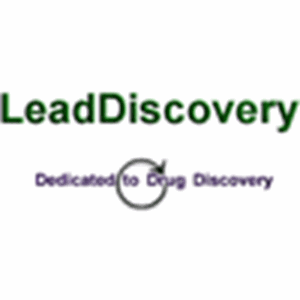
Ghrelin: Pharmaceutical & Therapeutic Opportunities for the Treatment of Obesity

Summary
"Ghrelin: Pharmaceutical & Therapeutic Opportunities for the Treatment of Obesity" represents a cutting edge analysis of why and how ghrelin should be targeted for the identification of new therapies for obesitylt is estimated that somewhere between 34 and 61 million people in the US are obese and in much of the developing world this incidence is increasing by about 1% per year. As a general guide, obesity increases the likelihood of death from all causes by 20%, and plays a major role in the development of coronary heart disease, stroke, diabetes and gall bladder disease. Following the withdrawal of early treatments, the market for anti-obesity pharmaceuticals was reestablished in November 1997, when the FDA approved Abbott's sibutramine (Reductil/Meridia), for use in obesity, and still further in April 1999, when Roche's Xenical (orlistat) was also approved. The world obesity market has been predicted to reach $3.7 billion by 2008 with a compound annual growth rate of 21.1%. This market potential has caused pharmaceutical companies to prioritize the identification of novel anti-obesity products and consequently the number of drugs in development has risen 3-fold over the past 7 years largely due to an increase in preclinical research activities. Pharmaceutical classes receiving greatest attention include 5-HT modulating drugs; beta 3 adrenoreceptor agonists; lipase inhibitors; melanocortin 4 agonists; and leptin agonists. Leptin agonists have created a storm of interest since this mediator is able to reduce feeding however recent observations that obese individuals produce high levels of and are resistant to leptin has driven the search for alternatives.
In June, 2002 LeadDiscovery, in collaboration with Dr Allison Wren produced a state of the art report on the therapeutic and pharmaceutical potential of ghrelin. At that time this mediator represented one of the most promising breaking targets in the field of obesity. Although scientists only identified ghrelin in 1999, more than 200 papers on the substance were published between then and the date of our report published. Since then interest has increased still further and a further 200+ publications have since appeared. Many of these publications offer key proof of concept data including studies which relate ghrelin levels to nutritional status and perhaps even more importantly the effects of ghrelin receptor antagonists. In addition reports have emerged linking ghrelin to diabetes, cardiovascular disease and septic shock. These latter reports are key to establishing additional indications for ghrelin receptor ligands and their potential side effects.
Not only has activity surrounding ghrelin surged over the past few years but so too has the development of anti-obesity drugs in general. In fact according to PharmaProjects, the number of drugs in clinical development to treat obesity has increased by 400% since the year 2000. This along with the development of ghrelin as a therapeutic target has prompted LeadDiscovery to publish a revision of their 2002 report. This report offers a fully up to date evaluation of ghrelin as a target for metabolic disorders and describes its role in cardiovascular disease; it identifies pharmaceutical activity relating to the development of ghrelin modulators; it analyses the most recent patent activity in this field; and it places all of this activity in the context of the rapidly expanding area of anti-obesity therapeutics. In short "Ghrelin: Pharmaceutical & Therapeutic Opportunities for the Treatment of Obesity" offers all involved in the development of ghrelin or the selection of breaking targets for the treatment of metabolic disorders a full analysis of this encouraging field.
For further information please go to http://www.leaddiscovery.co.uk/reports/Ghrelin-2003.html
